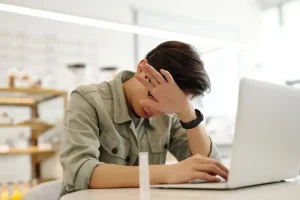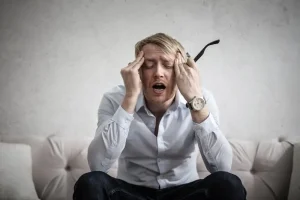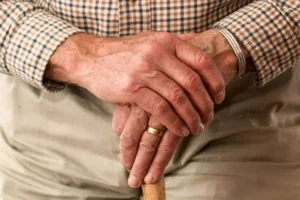
Art therapy can be incredibly beneficial for mental health recovery and has been used to treat a range of psychological conditions. It is an expressive form of therapy that uses art materials, such as paints, clay, pencils, and markers, to express feelings and emotions in a safe and secure environment. Art therapists are trained to help individuals explore their creativity while also understanding how the creative process meets their emotional and mental needs.
In this blog, we will discuss the benefits of art therapy for mental health recovery, who is right for art therapy, and how to begin.
What Is Art Therapy and Its Importance?
Art therapy is a type of psychotherapy that encourages people to use art materials in an expressive and creative way. It combines the creative process with psychological insight, providing an opportunity for self-expression and healing. Art therapists are trained professionals who understand how emotions can be expressed through art. They also understand how art can help individuals discover unconscious feelings or memories and work through them in a safe and healing environment.
The purpose of art therapy is to help individuals explore and understand their emotions, express themselves, develop self-awareness, manage stress, improve communication skills, make positive changes in their lives, and gain insight into their thoughts and feelings. Art therapists are also trained to provide guidance as needed while creating an accepting atmosphere for the creative process.
Mental Health Benefits of Art Therapy Activities
The benefits of art therapy for mental health are undeniable. With the help of an art therapist, individuals can express their emotions and explore the healing power of creativity. Here are a few potential benefits associated with art therapy:
1. Emotional Release and Self-Expression
One of the primary benefits of art therapy is emotional release and self-expression. Through creative expression, individuals can explore their feelings in a safe and secure environment. This can be extremely beneficial for those who have difficulty expressing themselves verbally or are hesitant to talk about their emotions. Art therapy encourages individuals to be open and honest with themselves while also allowing them to express their true feelings without judgment.
2. Stress and Anxiety Reduction
The creative process can also help reduce stress and anxiety levels. As an individual creates art, they are focused on that specific task rather than their worries or anxieties. This can create a sense of calm in the mind and body, allowing for relief from stress and anxiety. Additionally, creating artwork is often a fun and therapeutic activity that can give individuals a sense of control over their emotions.
3. Enhanced Self-Esteem and Self-Awareness
Art therapy also helps to boost self-esteem and create a sense of accomplishment. By completing artwork, individuals are engaging in an activity that promotes self-expression and creativity. This can lead to improved self-awareness, as well as increased confidence in one’s own abilities.
4. Trauma Processing and Healing
Art therapy can also be beneficial for individuals who have experienced trauma or other difficult life events. Through creative expression, individuals are able to explore their emotions in a safe and therapeutic way. Art therapists are trained to understand how art can help process traumatic experiences and provide guidance when needed.
5. Improved Communication and Social Skills
Art therapy can also help individuals develop healthy communication and social skills. By engaging in creative activities, individuals are able to explore their feelings without verbalizing them. This allows for a better understanding of thoughts and feelings while also providing an opportunity to practice expressing oneself in a safe and supportive environment.
Who is Right for Art Therapy?
Art therapy is beneficial for all ages and can be used to treat a range of psychological conditions. It is particularly useful for those who are struggling with depression, anxiety, trauma, or other related mental health issues. Individuals who need help expressing their emotions or exploring unresolved issues may also benefit from art therapy.
How to Begin Art Therapy
Art therapy is typically conducted in an individual or group setting with the guidance of a trained art therapist. Individuals can find local art therapists by searching online or through referrals from mental health professionals. They may also be able to find support groups or classes that offer art therapy as part of their program.
When beginning art therapy, it is important to set realistic goals and expectations. It can often take time for individuals to feel comfortable with the creative process and reap the benefits of art therapy. Additionally, it is important to have patience while exploring difficult emotions or memories that may come up during the healing process.
Final Thoughts
Art therapy is a powerful tool for mental health recovery and can be beneficial for individuals of all ages and backgrounds. Through the creative process, individuals can explore their emotions in a safe and healing environment while also developing self-esteem, communication skills, and trauma-processing capabilities. If you think art therapy could be a useful tool for your recovery journey, it is important to find a qualified art therapist who can provide guidance and support as needed.
With the right support from Excel Psychiatry, art therapy can be a powerful and effective way to explore and express your emotions while also developing healthy coping skills that can last a lifetime.
Read More: Over-the-Counter Supplements for Anxiety: Exploring Natural Remedies




